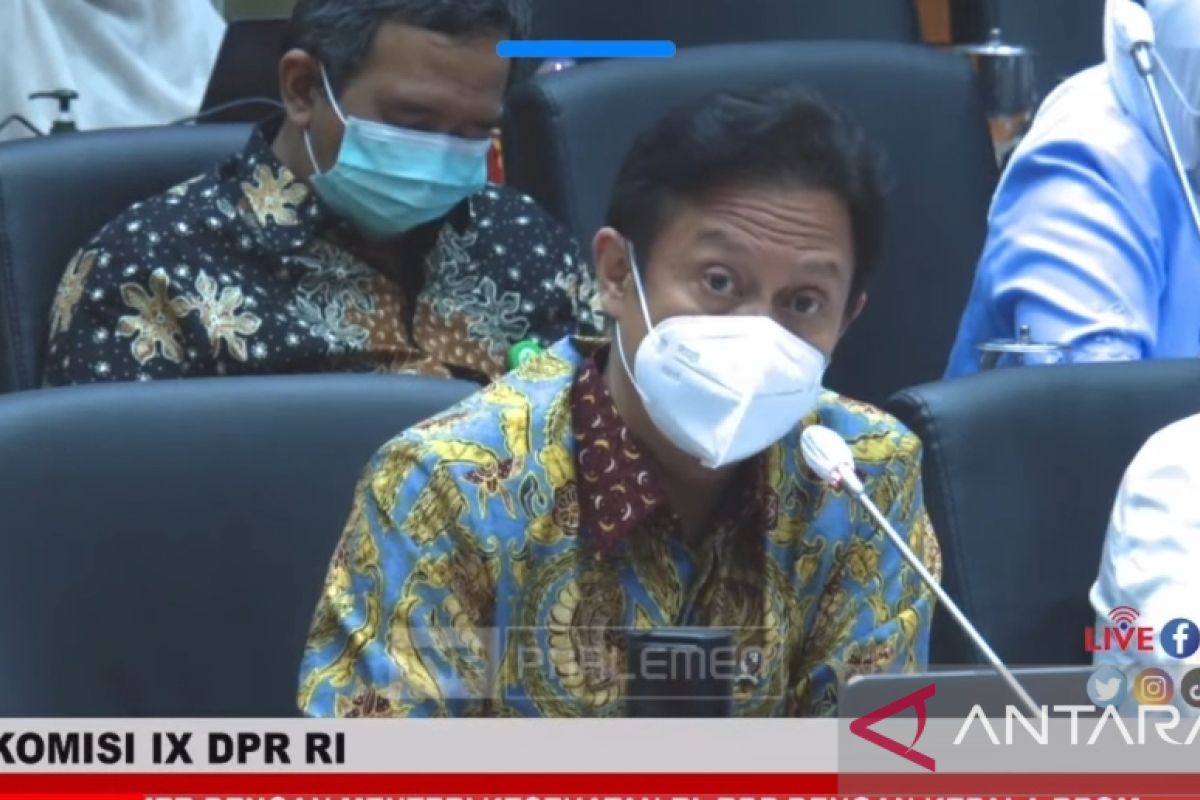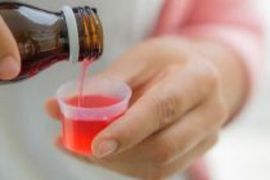Jakarta (ANTARA) - The Indonesian government is continuing to investigate acute kidney injury (AKI) in children, which has been linked to the presence of certain harmful compounds in syrup medicines, Health Minister Budi Gunadi Sadikin has said.
"The Ministry of Health continues to coordinate with the Food and Drug Supervisory Agency (BPOM) so that the investigation of the cases can be complete because the biggest risk is from medicines or foods," he informed Commission IX of the House of Representatives (DPR) during a working meeting, which was followed online from here on Wednesday.
According to him, the increase in the number of cases of AKI in children in Indonesia may have been triggered by the contamination of syrup medicines with chemical compounds ethylene glycol (EG) and diethylene glycol (DEG).
"Based on the patients' toxicological analysis, the medicines taken by the patients, and the World Health Organization (WHO) reference, it is very likely that the patients were exposed to dangerous chemical compounds from the syrup (medicines) they consumed," he explained.
A causal relationship between EG and DEG contamination in syrup medicines and AKI has not been fully indicated, he noted. However, there has been a decline in the number of cases following the government's temporary ban on the consumption of syrup medicines.
Regarding the handling of AKI patients, he said that the use of an antidote called Fomepizole has been reported to have improved kidney function in AKI patients.
"The Ministry of Health has also provided Fomepizole medicine as an antidote. So far, the use of Fomepizole has indicated an improvement in the patients' kidney function," the minister added.
Earlier, Health Ministry spokesperson Mohammad Syahril had said that the mortality rate from AKI has declined ever since the government removed syrup medicines from the market and provided an antidote.
The spokesperson informed that the number of AKI deaths as of October 23, 2022, stood at 141, or equivalent to 58 percent of the total 245 cases in 26 provinces. Meanwhile, as of October 31, the death toll reached 159, or equivalent to 52 percent of the total 304 cases in 27 provinces.









